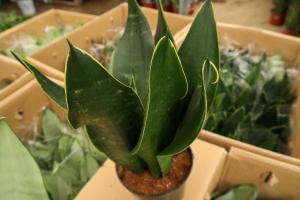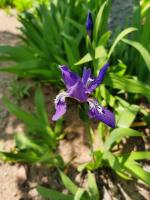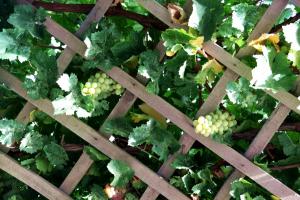Breeding methods and precautions
produced in Anhui, Jiangxi, Zhejiang, Hubei, Guizhou and Sichuan. Born at an altitude of 300-1500 meters, it is suitable for places such as shady and wet, under mountain gully forest, forest edge, foot of mountain, hillside, etc. The fruit of raspberry can be eaten and used as medicineLand preparation
Land preparation refers to fertilization, land leveling, ploughing and loosening of soil and removal of weeds. The amount of fertilization can be determined by observing the fertility of the soil. If the land is fertile, do not need fertilization, so as to avoid excessive nutrition and lead to its death

Cultivation spacing
The cultivation time can be carried out in spring and autumn. If spring cultivation is selected, it is best to choose early April. If autumn is selected, it is best to carry out when the branches stop growing before frost. The spacing of each plant is 0.5m, 0.75m, and the row spacing is 2.5m and 3M. It should not be too dense, which can give raspberries good growth space

Nurture
Weeding and loosening the soil are important during cultivation. When weeding and weeding comes, the soil must be leveled according to the actual situation in summer. During the growth period, if it comes to the branches and leaves eroded by diseases, they should be cleaned up in time. So as not to harm others. In summer, redundant, unhealthy and broken branches should be cut off in time to prevent them from being too dense and affecting the normal growth of other branches

 how many times do yo...
how many times do yo... how many planted tre...
how many planted tre... how many pine trees ...
how many pine trees ... how many pecan trees...
how many pecan trees... how many plants comp...
how many plants comp... how many plants can ...
how many plants can ... how many plants and ...
how many plants and ... how many pepper plan...
how many pepper plan...






























